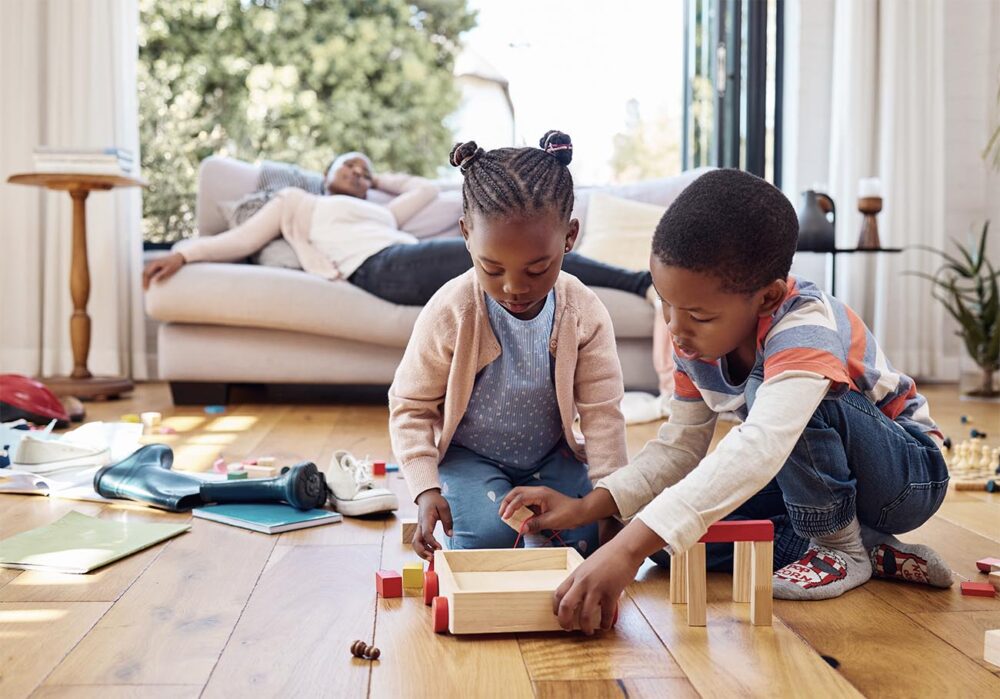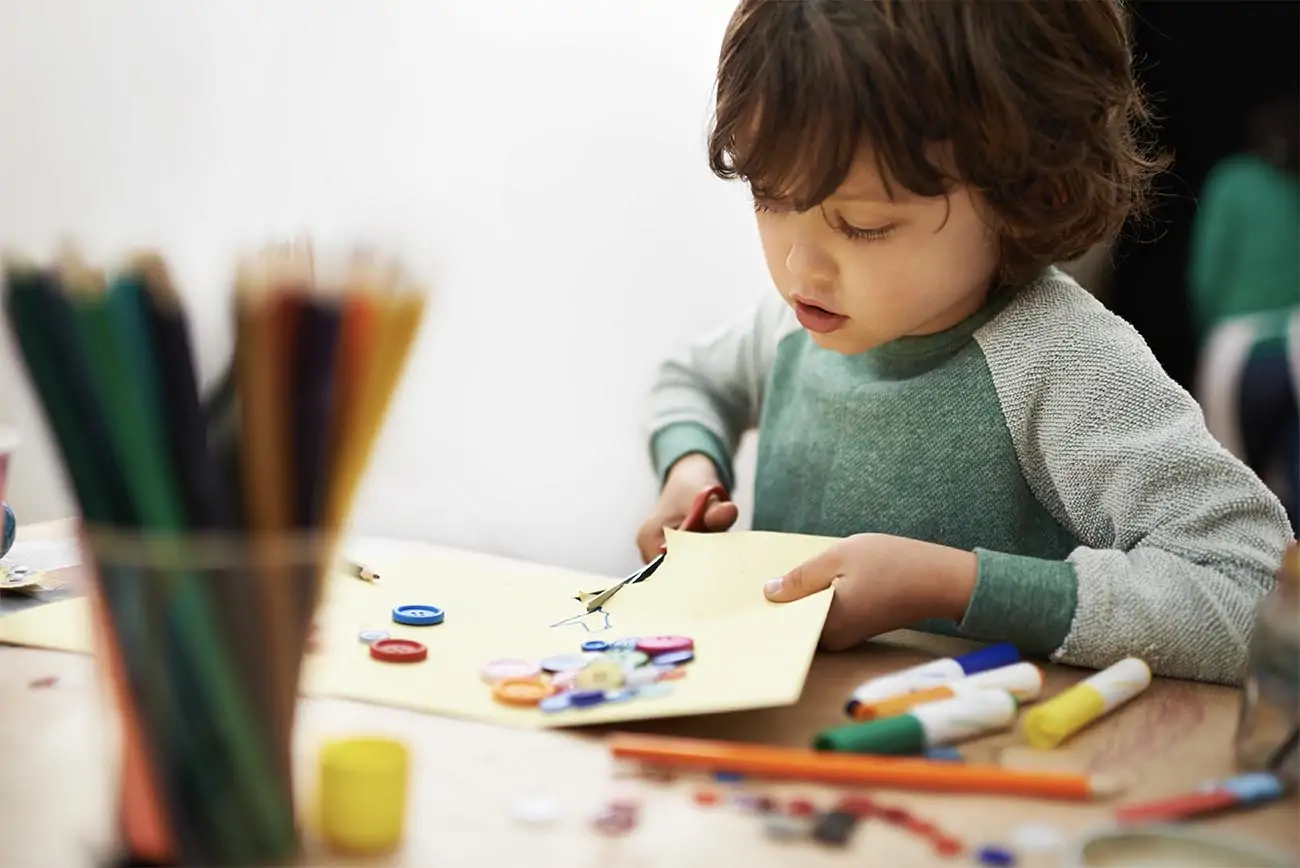How to Teach Your Child Responsibility
8 min read
Last Modified 22 May 2025 First Added 23 May 2023

Do you remember the first time you let go of your child’s hand and watched them take their first steps?
That feeling of pride and excitement is one of the many joys of parenthood.
As your child grows, you begin to realise that the ultimate goal is not just to help them walk, but to teach them how to navigate through life with responsibility and independence.
Teaching your child responsibility is a crucial step towards raising a confident, capable, and successful adult.
Responsibility is the ability of being accountable for something or someone.
Highlighting the importance of responsibility can set your little one up to be the best version of themselves.
Responsibility will teach your child to feel a sense of accountability and achievement, grow confidence, enhance problem-solving skills and expand on their leadership skills.
Children’s responsibilities can begin at a very young age. Once your child reaches the toddler stage, they can begin taking on small responsibilities. Simple tasks such as picking up their toys and wiping up spills are the perfect introduction to responsibility.
Help your child step into their responsibilities by giving them tasks that reflect their ability level, focusing on what is achievable. If a task is too difficult, your child may end up feeling like they have failed if they can’t complete it and might show resistance the next time they are asked to do so.
It is a good idea to try and simplify the task by breaking it down into smaller, manageable steps. Instead of “clean your room”, try asking them to “make the bed” or “put the toys in the toy box”.
These bitesize tasks will give your child a sense of achievement at a job well done. That warm, fuzzy feeling of achievement will encourage your little one to take on even more responsibilities as they continue to get older.
Helping their parents around the house is one of the most exciting things for a toddler to do. They get to feel like they are contributing to daily life. Helping mummy put the shopping away or filling the pet’s food bowl are simple tasks that allow your child to feel grown up and important whilst also instilling accountability.
As they get older, they will become capable of taking on tougher tasks. Now they can help set the table ready for dinner or pack their bag ready for the next day at school. Let your child help begin making their packed lunches and where appropriate, allow them to choose their clothes for the day.
Not only do these tasks help teach responsibility, but they also give your child more freedom to make choices. Choice is a big part of life and allowing your child to make decisions whilst they are still young will help boost their confidence as they grow.
As they continue to get older they will begin making more decisions for themselves. It is now up to them what they want to spend their pocket money on or if they want to do any after school clubs.
If you begin teaching responsibility too late, you may begin to feel resistance further down the line. So set your expectations as soon as possible to develop good habits whilst they are still young enough to see it as a game.

Providing positive reinforcement is the best way to boost your child’s confidence.
Praise can go a long way in encouraging good behaviour. Likewise, being overly critical can lead to feelings of deflation and withdrawal. No one wants to be told they are wrong or that they’ve done a bad job. So if your child gets in trouble at school or makes a mess at home, try to avoid becoming angry or showing disappointment as this will lead to a fear of failure. Instead, show empathy and understanding.
Try and turn that negative behaviour into something more positive to avoid the bad behaviour repeating. Focusing on what went well instead of pointing out what wasn’t successful is a great way to motivate your child. Recognise the effort being made and reward good behaviour.
Rewards can come in many different forms. It could be as simple as being told they did a good job, getting to watch their favourite TV show or going to the park. Small treats such as pocket money toys or healthy snacks also work well as incentives to continue good behaviour.
You are your child’s hero so it’s important to set a good example whilst they are young.
Children learn through example. If they see their parents acting a certain way or doing a certain thing, they will begin to mimic that behaviour thinking that’s the acceptable thing to do. When you leave your belongings scattered all over the house, your child will grow up thinking that it’s okay to do the same.
It can be tough to stay motivated and not slip into lazy habits, especially after a long, hard day at work. But remember, your child looks up to you and if you can be the best version of yourself and set a good example for them, they will have no excuse to not succeed.

Teaching your child to be responsible is great for their self-esteem and gives them a sense of independence.
Giving children responsibilities that involve choices gives them the freedom to think for themselves. This could be as simple as letting them choose what they want to wear or what to spend their pocket money on. These choices are vital for developing problem-solving skills.
It can be very tempting to intervene when we see our little one struggling. No one wants to watch their child fail but stepping in too early can be more damaging in the long run.
Allow your child the time and space to try and solve the problem for themselves rather than simply providing a solution. Let them make mistakes so they can learn from them and know how to navigate them next time they occur. This will make them feel more confident in the decisions they make.
And if they’re still struggling, give them a hand and do it together. Don’t worry, they’ll get there eventually. Practice makes perfect after all!
Chores can be stressful for both you and your child so why not make them fun?!
If your child sees a boring task as more of a game, they will be more engaged and more likely to enjoy the process. The more fun you make it, the more they’ll want to join in.
Instead of the instruction being “clear the table”, make it a race to see who can clear the table the quickest!
Roleplay toys can be a great way to introduce your child to household chores in a fun way. Give them a toy vacuum to help you with the spring cleaning or teach them about food prep with play food until they are old enough to use utensils.

Teaching responsibility sets your child up for success. By setting achievable goals, providing choices and being more organised, your little one will begin to feel a sense of independence.
A schedule can help older kids manage their time and reduce stress levels. Plan out time in the day for things such as homework to give your child a routine. This type of organisation will help give your child structure.
If your child knows what is expected of them and when certain tasks need to be completed, they will eventually begin to do things on their own without being asked. Actions will become second nature. The true sign of independence!
Teaching responsibility can help your little one gain confidence. Completing even the simplest task will give them that warm, fuzzy feeling of accomplishment and will lead to repeated, positive behaviour in the future.
The more competent they get in handling these little tasks by themselves, the better their problem-solving skills will become and soon they will be able to take on more all by themselves. This will help eliminate self-doubt and fear.
It’s important to remember that kids won’t learn all this overnight. Repeated behaviour and having a routine will be vital to guiding your little one on a journey to success so have patience. Believe in your child and stick to your guidance and your child will thrive!
To read our disclaimers, please click here.